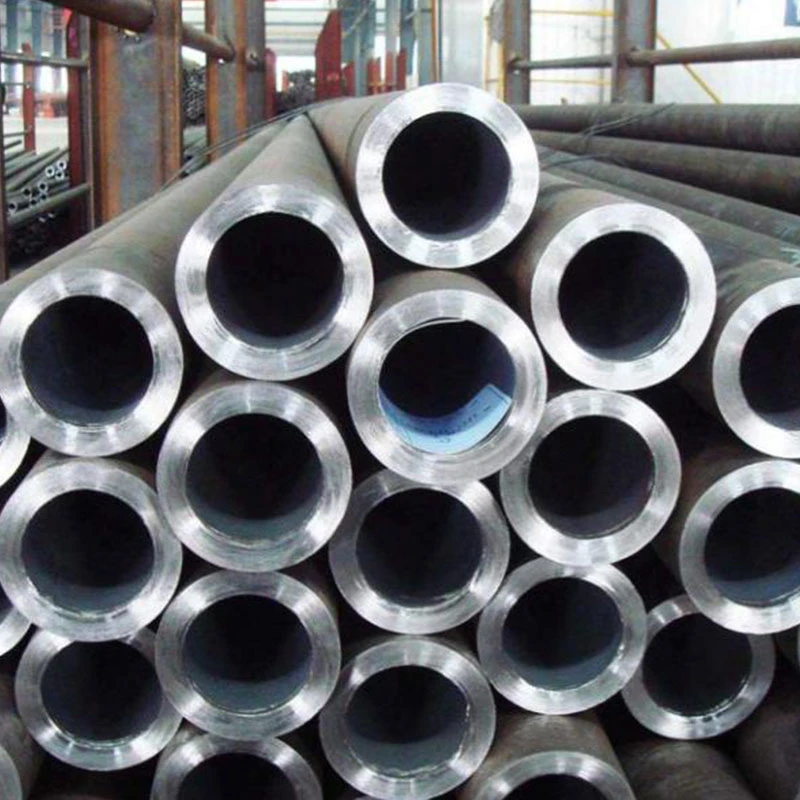-
Cangzhou Yulong Steel Co., Ltd.
-
Phone:
+86 13303177267 -
Email:
admin@ylsteelfittings.com
- English
- Arabic
- Italian
- Spanish
- Portuguese
- German
- kazakh
- Persian
- Greek
- French
- Russian
- Polish
- Thai
- Indonesian
- Vietnamese
- Zulu
- Korean
- Uzbek
- Hindi
- Serbian
- Malay
- Ukrainian
- Gujarati
- Haitian Creole
- hausa
- hawaiian
- Hebrew
- Miao
- Hungarian
- Icelandic
- igbo
- irish
- Japanese
- Javanese
- Kannada
- Khmer
- Rwandese
- Afrikaans
- Albanian
- Amharic
- Armenian
- Azerbaijani
- Basque
- Belarusian
- Bengali
- Bosnian
- Bulgarian
- Catalan
- Cebuano
- China
- China (Taiwan)
- Corsican
- Croatian
- Czech
- Danish
- Esperanto
- Estonian
- Finnish
- Frisian
- Galician
- Georgian
- Kurdish
- Kyrgyz
- Lao
- Latin
- Latvian
- Lithuanian
- Luxembourgish
- Macedonian
- Malgashi
- Malayalam
- Maltese
- Maori
- Marathi
- Mongolian
- Myanmar
- Nepali
- Norwegian
- Norwegian
- Occitan
- Pashto
- Dutch
- Punjabi
- Romanian
- Samoan
- Scottish Gaelic
- Sesotho
- Shona
- Sindhi
- Sinhala
- Slovak
- Slovenian
- Somali
- Sundanese
- Swahili
- Swedish
- Tagalog
- Tajik
- Tamil
- Tatar
- Telugu
- Turkish
- Turkmen
- Urdu
- Uighur
- Welsh
- Bantu
- Yiddish
- Yoruba

Nov . 05, 2024 09:11 Back to list
asme sa 333
Understanding ASME SA-333 A Comprehensive Overview
ASME SA-333 is a widely recognized standard that is essential in the field of materials engineering, particularly when it comes to the specifications for seamless and welded steel pipe for low-temperature service. Published by the American Society of Mechanical Engineers (ASME), this standard ensures that the materials used in constructing piping systems in various industries, including oil and gas, chemical processing, and power generation, can operate effectively in extreme conditions. This article aims to provide a comprehensive overview of ASME SA-333, covering its significance, applications, and compliance requirements.
Significance of ASME SA-333
The ASME SA-333 standard specifies the requirements for a group of carbon and alloy steel pipes that are designed to withstand temperatures as low as -50°F (-45°C). This capability is crucial for applications where environmental conditions might lead to brittleness or fracture in standard materials. The standard comprises various grades, including SA-333 Gr. 1 to Gr. 6, each offering a different combination of chemical composition, mechanical properties, and heat treatment.
The primary significance of ASME SA-333 lies in its ability to ensure safety and reliability in low-temperature applications. In industries such as LNG (liquefied natural gas) transport, where pipes must maintain integrity at cryogenic temperatures, the materials employed must not only withstand low temperatures but also provide strength and toughness to prevent failures. By adhering to ASME SA-333, manufacturers and operators can be better assured of their materials’ performance under these challenging conditions.
Applications of ASME SA-333
ASME SA-333 pipes are used in various applications where low-temperature resistance is a critical requirement. Some common applications include
1. Cryogenic Pipelines The transport of gases, such as natural gas and hydrogen, at extremely low temperatures necessitates the use of pipes that comply with ASME SA-333 specifications. The toughness and ductility offered by these materials are essential in preventing brittle fractures.
2. Refining and Petrochemical Industries In the refining process, particularly in areas involving low-temperature processes, ASME SA-333 piping is utilized to ensure safe and efficient operations.
asme sa 333

3. Power Generation For power plants that operate in colder climates or use low-temperature processes, ASME SA-333 materials can aid in the construction of reliable and safe piping systems.
Compliance with ASME SA-333
Compliance with ASME SA-333 is critical for materials used in the aforementioned applications. To meet the requirements of this standard, manufacturers must adhere to specific guidelines regarding
- Chemical Composition Each grade under ASME SA-333 has defined limits for elements such as carbon, manganese, phosphorus, and sulfur, ensuring that the materials possess the desired properties for low-temperature service.
- Mechanical Properties The standard specifies essential mechanical properties, including yield strength, tensile strength, and elongation criteria, ensuring the pipes maintain structural integrity under stress.
- Testing and Certification Pipes manufactured under ASME SA-333 must undergo rigorous testing, including impact testing at low temperatures, to validate their performance. Certification from an accredited body may also be necessary to demonstrate compliance with the standard.
Conclusion
ASME SA-333 stands as a testament to the importance of material standards in ensuring safety, reliability, and efficiency in low-temperature applications. With its specific requirements for chemical composition, mechanical properties, and rigorous testing processes, this standard helps industries mitigate risks associated with material failure.
In an ever-evolving technological landscape, understanding and adhering to standards like ASME SA-333 is vital for engineers, manufacturers, and operators alike. As industries continue to innovate and push the boundaries of performance, the relevance of such standards will only increase, underscoring the need for quality and reliability in every component. By prioritizing adherence to ASME SA-333, stakeholders can ensure that their piping systems remain resilient in the face of extreme conditions, ultimately contributing to safer and more efficient operations across the globe.
Latest news
-
ANSI 150P SS304 SO FLANGE
NewsFeb.14,2025
-
ASTM A333GR6 STEEL PIPE
NewsJan.20,2025
-
ANSI B16.5 WELDING NECK FLANGE
NewsJan.15,2026
-
ANSI B16.5 SLIP-ON FLANGE
NewsApr.19,2024
-
SABS 1123 FLANGE
NewsJan.15,2025
-
DIN86044 PLATE FLANGE
NewsApr.19,2024
-
DIN2527 BLIND FLANGE
NewsApr.12,2024
-
JIS B2311 Butt-Welding Fittings LR/SR 45°/90° /180°Seamless/Weld
NewsApr.23,2024











